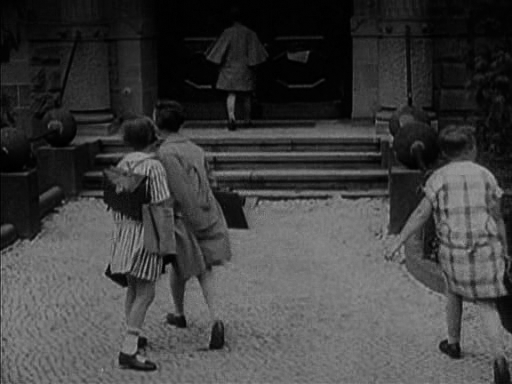
Studio Urban Resonance: Valeria Merlini / Olaf Schäfer
Our work is an artistical research that deals with the sound of Berlin. It focuses on the thesis that certain awareness of the sound of the city is raised by a confrontational juxtaposition of contemporary sounds with historical – but inaudible – sound settings.
As architects, urbanists and sound artists concerned about differentiation of auditory experiences in urban space and sceneries, we’re facing difficulties in analysing and projecting issues of an audible city inbetween architecture and city planning. Besides language, practical experience hasn’t yet established striking tools for reflecting and communicating them to other people. Nowadays sounds are being documented, processed and made accessible as the original sounds again. They can provide typical and typological information of the city’s current soundscape. But on the one hand sounds of history thereby still remain beyond earshot and on the other hand they stick on a documentary character without being able to reflect on themselves.
The study “Symphony of a Metropolis” provides an aural experience of the polyphony of both the historical and the contemporary Berlin with its clamour of the inhabitants and the machines, vehicles and devices they use. It starts from the silent movie “Sinfonie einer Großstadt” of the German artist, architect and director Walter Ruttmann that documents and stages visually one day of the life in the city of Berlin. Even though the sounds of the city remain inaudible in it, the rhythm of the images and the shown tableaux evoke aural connotations in the appropriate briefed viewer. Our research thereby conceives the 60 minutes silent movie as a musical score and listens with the inner ear to the images of the film as to sheets of music, preparing an interpretation.
Thus recordings of today’s sounds of the city of Berlin are being opposed to the films visual staging of historical streets, trolleys, buses, pedestrians or dogs. The silent movie of 1927 gets a soundtrack from 2009.
In a medial sense synchronous, but related to its content time-displaced for more than eighty years, this reveals a perceptual gap, an antithetical relation between the visual and auditory track of the film. This initializes statements both on the city’s contemporary sound and at least on how the city had not sounded then. Our main thesis however is that there is a perceptible statement saying how Berlin actually sounded in the ‘20s. This cognition is forwarded to the recipient, who as a viewer and listener is activated through the films rupture, being forced to ask after sounds that remained, disappeared or changed.
The modality of the film facilitates two contradictory listening attitudes: for one thing up to the actual contemporary soundlayer of the film and for another thing down to the silent sounds that come inevitably up with their elision. Thereby the sounding silent film serves as an integrating tool both forming an historical consciousness and sensitising for the present soundscape.
____________________________________________________________________________________
Each module will be opened with a segment of this project.
modul I | 30. June 2012
modul II | 14. July 2012
modul III | 18. August 2012